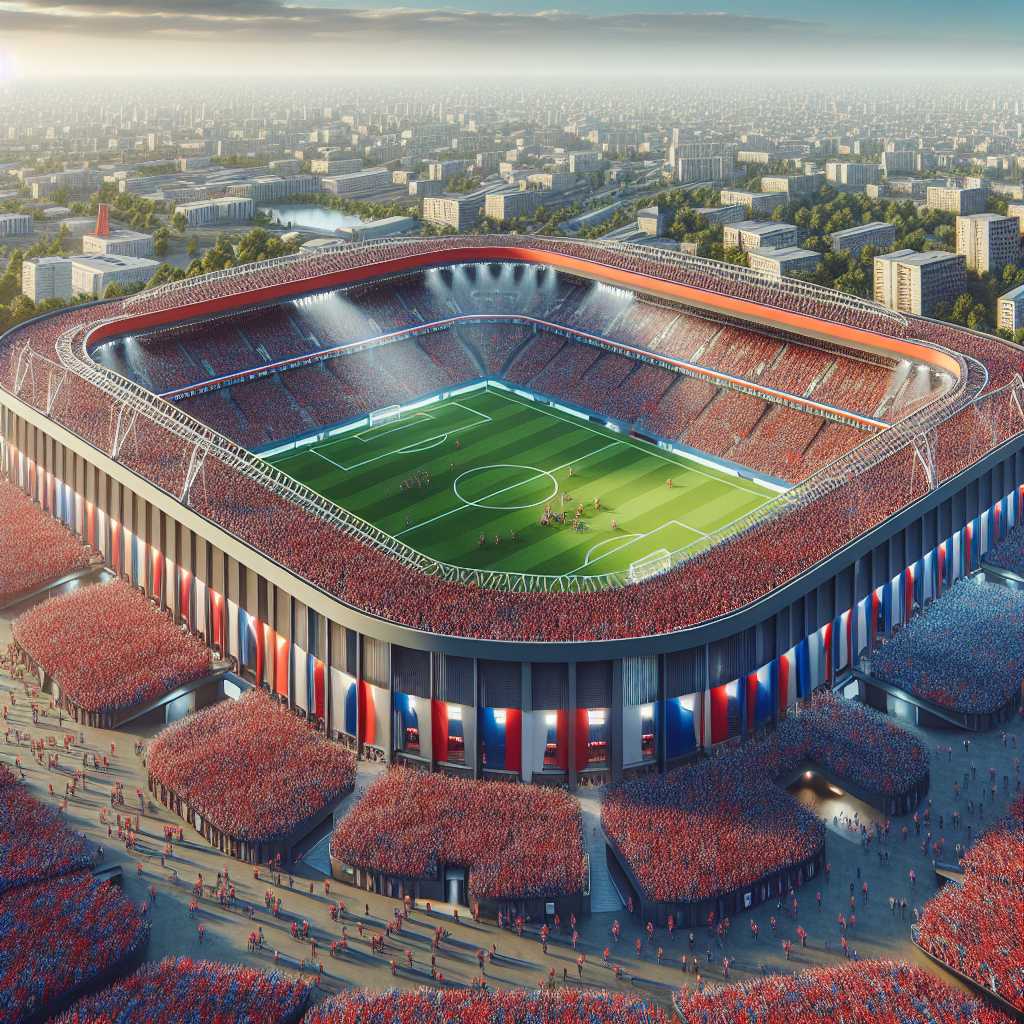The Resurgence of SMU Football: From Death Penalty to Comeback Story
The tale of Southern Methodist University (SMU) football is one of remarkable highs, abject lows, and a testament to resilience in collegiate athletics. Situated in the heart of Dallas, Texas, SMU has experienced a story of gridiron fortunes that ranges from national championships to the ignominy of massive sanctions. This long-form article examines the history and recent ascent of the Mustangs, detailing how they’ve galloped away from dark times towards a brighter presence on the college football landscape.
Historic Success and Transgression in SMU Football
SMU’s football program was officially founded in 1915, and throughout its rich history, the Mustangs have produced moments that have etched their name into college football lore. With notable successes in the 1930s and achieving a national championship in 1935 under coach Matty Bell, SMU asserted early on that it was more than capable of playing with football’s elites.
Fast forward to the 1980s, and SMU enjoyed a golden age with stars like Eric Dickerson and Craig James leading what was known as the “Pony Express” backfield. This period saw SMU rise rapidly in national rankings and captivate fans with its on-field success. However, much of this success was overshadowed by revelations of improper financial incentives given to players, leading the National Collegiate Athletic Association (NCAA) to hand down what is still considered among the harshest sanctions in collegiate sports history: the “death penalty.”
The ‘Death Penalty’ and Its Aftermath
In 1987, SMU’s football program was suspended for an entire season, losing an entire year’s worth of games as well as being banned from bowl games and televised games for two seasons. This punishment was due to repeated violations even after being warned by the NCAA. The reverberations of this sanction were immediate and extreme. SMU not only cancelled its 1987 season but also opted not to field a team in 1988 due to lingering effects.
The SMU football program became a cautionary tale to other programs tempted by similar transgressions. Yet, the penalties also imposed a long-lasting impact on SMU’s competitiveness on the field. For much of the next two decades, SMU failed to post a winning season and frequently languished at the bottom of conference standings. The ‘death penalty’ had set the program back significantly in terms of talent, competition, and prestige.
A Slow Climb Back to Relevance
Since those dark days, however, there’s been an uphill battle for recognition and competitiveness waged by determined coaches, players, and administration. While progress was slow initially with glimmers of hope here and there post-sanctions re-instilling pride became a more achievable target as new coaching regimes were established that focused on long-term success.
Throughout the 2000s, there were positive signs for SMU football with milestones like returning to a bowl game in 2009 under Coach June Jones, who ushered in an era that saw multiple bowl appearances. Infrastructure improvements also signaled increased investment in building a sustainable program capable of attracting talent and competing at a high level.
Continued Growth in the Modern Era
Entering the 2020s, SMU seems to have thoroughly shed the last vestiges of its troubled past. Under coaches like Chad Morris and Sonny Dykes, visible advancements came both on and off the field including winning records, better recruitment classes, vibrant modern facilities, and enhanced fan engagement. The program now operates with heightened aspirations and works strategically within NCAA regulations to ensure past mistakes are not repeated.
Notes
Image Description
An aerial shot overlooking Ford Stadium with spectators clad in red and blue filling the stadium stands; it is gameday with large banners lining the outside reaching down toward excited fans entering at ground level underneath clear blue skies.
